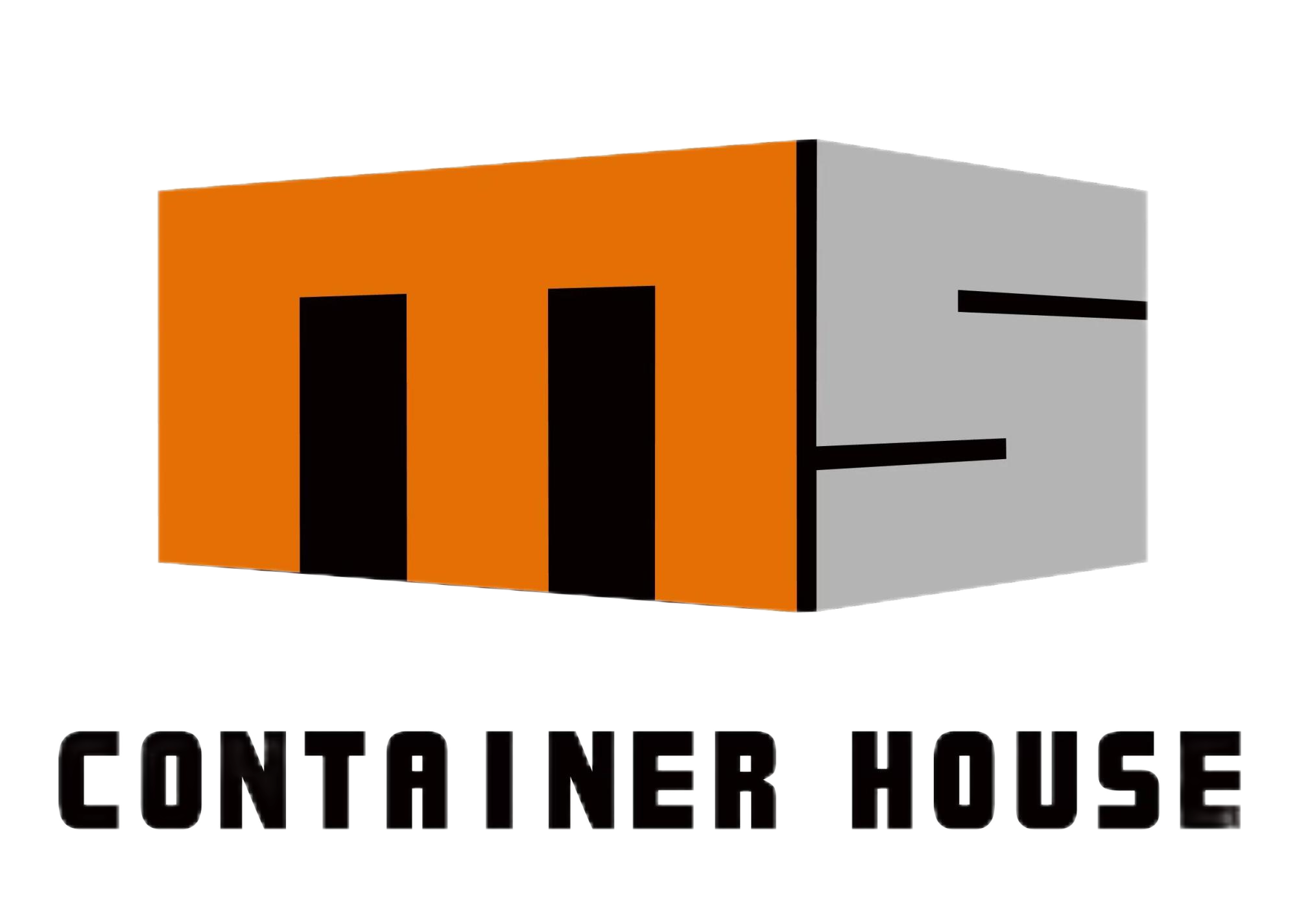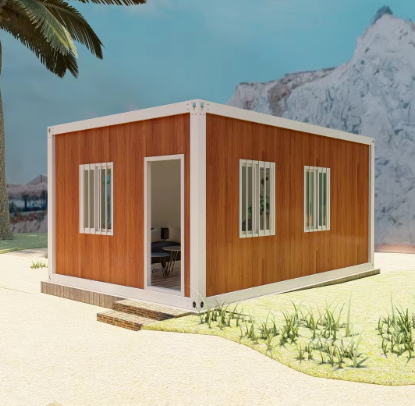Key Trends Shaping Modular Housing in 2025
Urbanization Driving Demand for Rapid Construction
The way we live in cities is changing fast, according to UN reports which predict around two thirds of people worldwide could be living in towns and cities by mid century. With this kind of population boom happening so quickly, builders need new approaches to keep up. That's where modular housing comes into play as something that actually works pretty well. These homes get built mostly away from where they'll stand, which cuts down how long crews spend working at actual construction sites. This approach helps satisfy the growing need for places to live without waiting years for completion. Cities expanding all over the globe find modular building makes sense because it scales much better than conventional techniques do. Whether someone wants an apartment complex or office space, these prefabricated units handle both needs quite effectively while keeping costs under control.
Affordability & Cost-Efficiency as Market Catalysts
Cost is really what makes modular housing stand out these days. According to the National Association of Home Builders, people who go for modular construction often save around 20 percent compared to building something from scratch conventionally. That kind of savings draws in everyone from smart investors looking for returns to first-time buyers squeezed by rising prices. With building materials getting pricier and fewer workers available across the industry, modular approaches cut down on waste and keep expenses under control, which explains why this sector keeps growing. Developers are now coming up with all sorts of new designs aimed at folks watching their budgets closely. These innovations not only help families stretch their dollars further but also ensure better utilization of limited resources while reducing reliance on scarce skilled labor.
Eco-Conscious Consumer Preferences
More people are starting to care about sustainability when making purchase decisions. Deloitte reports that around three quarters of shoppers actually pay extra for greener products, which has really changed how modular homes get designed these days. Manufacturers now try to work in things like recycled steel frames and solar panel installations because there's clearly money to be made here. The market wants houses that don't just look good but also do good for the planet. With climate change becoming harder to ignore every day, modular builders who focus on green features find themselves attracting a whole new customer base. These environmentally friendly homes aren't just trendy anymore they represent where the housing market needs to go if we want our planet to survive long term.
Cutting-Edge Technologies in Modular Construction
AI-Driven Design Optimization
Artificial intelligence is changing the game when it comes to optimizing designs for modular buildings, bringing all sorts of advantages to the table. With AI, designers can look at literally thousands of different factors when creating blueprints, which leads to better floor plans and more efficient building processes something that matters a lot in our industry right now. Machine learning models are also helping firms predict how materials will hold up over time and figure out exactly how many workers they need on site, cutting down on waste and saving money in the long run. The latest developments in AI mean architects can tweak designs as things happen during construction, whether clients want last minute changes, unexpected weather hits the area, or new regulations come into play. We're seeing this flexibility completely reshape traditional construction methods, and modular building approaches are becoming smarter and more tailored to individual project requirements than ever before.
3D Printing for Customizable Modules
The application of 3D printing in modular construction opens up new doors for custom built modules that are changing how we think about building homes. With this advanced tech, builders can now easily incorporate special design features into their modular units, so these prefabricated houses actually start looking like something people want to live in rather than just boxes stacked together. What makes it even better is that manufacturing takes less time and money compared to traditional methods. So companies can get those personalized homes out to customers quicker which means happier clients and smoother operations overall. Take ICON for instance they've been using 3D printers to build entire houses from the ground up, literally pushing what's possible in construction today. Their work shows just how far modular housing could go if more firms embrace these kinds of innovations.
Smart Home Integration & IoT Connectivity
Smart home tech and internet connections are changing how we think about modular living spaces, and this trend looks set to continue through 2025. Experts estimate somewhere around 75 billion gadgets might end up联网ed to the IoT in the coming years, which means modular homes will likely start adopting all these new features pretty soon. These prefabricated houses come with automatic systems that handle everything from managing electricity usage to keeping things secure and taking care of regular upkeep tasks, giving residents a much more streamlined way of life. What really draws people to IoT connectivity is how it makes their homes safer while also saving money on utilities, which explains why so many tech-oriented buyers find themselves gravitating toward these kinds of smart living arrangements nowadays.
Sustainability & Circular Economy Innovations
Net-Zero Energy Modular Homes
Net zero energy modular homes are becoming increasingly popular among environmentally aware buyers and property investors because these houses actually manage to match their energy usage with what they generate. Builders incorporate things like rooftop solar arrays and super efficient kitchen equipment right from the start when constructing these dwellings, which makes going green much easier for residents. Research shows people who live in such homes typically save hundreds each month on electricity costs after the initial setup period. For folks wanting to cut down on emissions but still need good returns on investment, these properties present an attractive option where environmental responsibility meets wallet friendly outcomes.
Recycled & Bio-Based Materials
When builders start using recycled stuff and materials from plants in their modular construction projects, they cut down on environmental damage way more than regular building methods do. Take hempcrete or bamboo for instance these days lots of architects love them because they last forever and actually help the planet while standing up to weather conditions better than many conventional options. Some studies show that when developers include these eco-friendly materials in their designs, the buildings often meet requirements for LEED green building certification which makes them really attractive to people who care about reducing their carbon footprint. Beyond just making construction greener though, these alternative materials change how we think about what buildings should be doing with resources all together, helping us build smarter structures that don't waste so much energy over time.
Closed-Loop Manufacturing Systems
Closed loop manufacturing offers a greener path for modular buildings through material recycling and reuse, cutting down on construction waste significantly. When builders adopt this method, they cut back on new raw materials needed, slash carbon emissions from production, and generally leave a lighter footprint on the environment during building projects. These systems actually fit right into circular economy thinking where nothing goes to waste. For the housing sector specifically, implementing such practices means homes can be built while keeping old materials in circulation rather than sending them to landfills. Many companies are already seeing how integrating closed loop approaches not only helps planet but also makes business sense as demand grows for eco friendly living spaces across North America.
Design Evolution: From Function to Aesthetics
Multi-Functional Modular Spaces
More and more modular designs these days are all about getting the most out of every square foot, especially since people live in such varied ways now. Take a look at how some companies are creating flexible floor plans that let folks rearrange rooms when life changes direction. Homeowners love this kind of flexibility, according to latest stats showing most buyers want spaces that can do double duty. What makes these adaptable homes so attractive? They offer real functionality while still looking good enough to hang onto for years. That's why we're seeing so many new developments featuring these multi-use modules across the country right now.
Biophilic Design Integration
Biophilic design connects buildings with nature in ways that are becoming really popular in modular homes these days. People want to feel better at home, so designers are bringing in things like lots of sunlight, indoor plants, maybe even small water features somewhere. Studies show folks living in spaces with these natural elements tend to be happier and work better too. That's why more people are asking for houses built this way. Beyond just looking good, this kind of design taps into what many homeowners crave nowadays - places where their minds and emotions actually benefit from being surrounded by nature.
Luxury Prefab Concepts
Luxury modular homes are becoming increasingly popular among wealthy buyers who want top quality but also customization options in their prefabricated dwellings. Builders have started to notice this trend and now offer everything from marble countertops to smart home systems alongside sleek, contemporary designs that appeal to those with higher expectations. Market research suggests we'll see substantial growth in this niche area because people are starting to appreciate how modular building methods can be both efficient and environmentally friendly while still allowing for creative freedom in design choices. As interest continues to build, these upscale prefab houses stand out as something special where style meets practical living arrangements without compromising on either aspect.
FAQs
What is modular housing?
Modular housing refers to homes constructed largely off-site in sections, or modules, which are then transported and assembled at the final location. This method speeds up the construction process and allows for greater control over quality and design.
Why is modular housing considered more affordable?
Modular housing is often 20% cheaper than traditional housing due to streamlined construction processes, reduced labor costs, and efficient use of materials.
How is 3D printing used in modular construction?
3D printing technology in modular construction is used to create customizable modules quickly and cost-effectively, allowing for unique design elements and faster delivery of homes.
What are net-zero energy modular homes?
Net-zero energy modular homes are designed to produce as much energy as they consume, typically through the use of solar panels and energy-efficient appliances, promoting a sustainable and cost-effective living environment.

